Polished concrete floors are extremely durable and non-toxic; silicate-based densifiers keep them that way and make it a great start to safe indoor-air quality in a home. This is an excellent flooring option for anyone with chemical sensitivities who wantsa beautiful and durable eco-friendly floorin theirpassive solar home- especially as built correctlywith sufficient subfloor insulation a concrete slab on grademakes aperfect thermal battery for solar heat.
Sealing concrete floors:
未加工的混凝土非常多孔,里面会有很多微小的、相互连接的空气袋,这些空气袋会吸收水分和其他污染物,很容易被污染。它还会不断地通过任何接触向空气中释放灰尘。
Silicate densifiers are, in the most simple of terms, 'liquid glass' that you spread on floors to fill and seal the pores. The liquid will penetrate and harden, leaving you with a shiny surface that is able to repel (but not always stop) stains from household contaminants and spills.
A densifier will protect concrete from impact damage, and most importantly, it will eliminate the dusting you would experience with an untreated floor. Applying a densifier is all that is ever needed for a garage or commercial warehouse floor; any additional finishing sealer will peel and chip if it sees a lot of heavy use. Applying an additional sealer is an option for residential floors; we'll cover that in a moment.
Stronger concrete:

当你把重物扔在混凝土地板或台面上时,在那一瞬间你看不到的动作是,混凝土实际上会压缩,然后弹回来,通常会释放出一个碎片。
Silicate densifiers will make concrete stronger, and add between 1,000 to 2,000 PSI to the compressive strength. As a result, it is more resistant to chipping than it would be with just a finishing sealer.
Concrete densifier product options:
To choose the right densifier, you first need to make a fairly insignificant choice between how much sheen versus how much depth of penetration you want.
Products that penetrate deeply don't produce the hardest silicate/glass crystal in the concrete, so as a result they don't polish up to as high a sheen as the ones that penetrate the least. The ones that penetrate the least come out shinier but you can't restore them as many times.
Each silicate densifier (sodium, potassium, lithium) will penetrate to a different depth;
- sodium silicates penetrate the deepest but burnish up to the lowest sheen,
- potassium silicates penetrate up to 2 mm and burnish up more than sodium,
- 锂是最亮的,但只能穿透到一张纸的厚度。
How to choose between concrete densifiers:

For the shiniest floor: definitely use a lithium densifier, and what can make an even bigger difference is choosing stronger concrete with a higher MPa (megapascal) for the initial pour. 25-28 MPa concrete is typical for a house but you could instead specify 35-38 MPa concrete as it generally polishes better.
For the most hassle-free floor:choose a potassium densifier rather than lithium. The deeper penetration means you will be able to buff out any etching caused by acidic materials, many more times over the years than you could with lithium.
For the healthiest floor:just use the densifier of your choosing and no further sealers, as most sealers will contain some level of VOCs (volatile organic compounds). Many densifiers have no VOCs; they will seal the floor, so additional sealers aren't absolutely necessary. A surface sealer will also wear out and require re-application in as little as a year, depending on how much use they see. Any sealer will be subject to etching as well.
For the cheapest floor:sodium densifiers are the most affordable, and they are the choice to make if you aren't polishing a floor to a final finish. Warehouses, garages, workshops for example, or an interior floor that will be covered by a flooring material.
You will probably find that residential floor finishers prefer to work with potassium or lithium densifiers for one main reason - the deeper penetration with sodium densifiers means that it will not be cured by the heat generated during burnishing. Instead, you have to wait 72 hours before burnishing it. That simple fact means a return trip for installers, whereas potassium and lithium densifiers can be burnished immediately, so they can finish a job in a day and not have to return 3 days later.
How to apply silicate concrete densifiers:
Of course you should read the manufacturers’ recommendations before getting down to business, but here are the steps to a finished floor in a nut shell:
- 28 days after the pour, concrete is sufficiently set to begin the finishing process.
- 如果地板真的不平整,你可以用70-80粒度的金属结合剂钻石磨料将其磨平,然后继续磨砂,以达到想要的光泽。Note:如果绝对必要的话,开始时只需要低到80粒度,因为这会增加很多成本。在大多数情况下,几乎不需要低于200或超过1500砂砾。每一关都要花钱购买卫生巾和劳动力。所以,不要被一个有魅力的、有大量时间的承包商卖给一个3000粒砂砾的成品。你可能看不出成品有什么不同,但你肯定能在账单上看到。
- 一些制造商建议在第一次平井后使用增稠剂,以获得更大的穿透性,但如果还有更多的磨砂段,增稠剂就有被移除的风险。其他制造商建议等到最后通过最高粒度之前再使用增稠剂,以确保不会有太多的产品被去除。用你自己的判断。
- 在使用增稠剂后,在开始打磨之前,用橡皮刮刀或软管刮掉多余的材料。抛光的热量会在抛光的同时治愈它,你可以马上在上面行走。
Sealing cracks in concrete:
一定数量的细微裂缝是自然形成的;如果比这大得多,则可能表明存在结构性问题。首先应用增密器,看看效果如何;这种玻璃晶体可以填补0.7毫米宽的裂缝。任何剩余的裂缝可以用胶凝填料修复,多余的将用研磨机去除。对于比这大得多的裂缝,首先安装支撑杆,然后是胶凝填料。
Alternatively, you can use an epoxy crack filler, but as they never completely harden, they have a tendency to leave a bit of a mess during polishing.
Choosing a final sealer:
The first thing to remember is that you really don't 'need' a sealer, the densifier pretty much does that already. Adding a sealer means a lot more work for a bit more protection, but here we go anyway:
混凝土涂料(包括增稠剂和密封剂)本质上大部分是碱性的,而我们食用的很多食物(咖啡、柑橘类水果、西红柿等)本质上是酸性的。因此,当这些食物溢出来,放置时间过长时,酸会中和碱性,在地板上留下蚀刻。
当有足够多的蚀刻让你神经紧张时,你可以把地板擦回漂亮的光泽。但如果你还记得之前提到的深度渗透和硬度的话——密度剂在混凝土中形成的硅酸盐晶体越硬,当地板被抛光或抛光时,光泽可能就越高,但你可以恢复它的次数就越少。
Some concrete sealers are breathable and will let moisture pass through, others are not. If a concrete floor has no vapour barrier below it or if the concrete has not sufficiently dried, 'waterproof' sealers such as most epoxies are, can bubble and peel as moisture rises from below.
If you don't know if there is vapour protection under a concrete slab, be sure to use a breathable sealer. It's probably a good idea to go for a breathable product anyway, unless you are positive you have continuous and well-sealed vapour protection below the slab and that the slab has had sufficient time to fully dry. If you have in-floor radiant heat, running it after you pour will speed up the drying process.
Back to health issues again, remember that you don't absolutely need a sealer. It will result in a bit less staining if you spill something, but so will a speedy cleanup. The safest surface finish would be a wax with no toxic additives, and for the best results try to find an acidic-based wax as it will be less likely to react with the foods that may land on it. This will probably be a bit harder to track down; your best bet would be to check with janitorial-supply retailers.
Applying a concrete sealer:
Different products and manufacturers will have specific instructions for the application of their products, so we won't get into too great detail here. But the short story is - a day or so after completing the densifier, you can apply a final sealer. Normally you would just apply it to the floor and buff it with a high-speed burnisher and 3000-grit or hogs hair pad. A second and third coat can be applied if desired.
Discoverall about Slab on Grade foundations, Building & Design in the Guides here



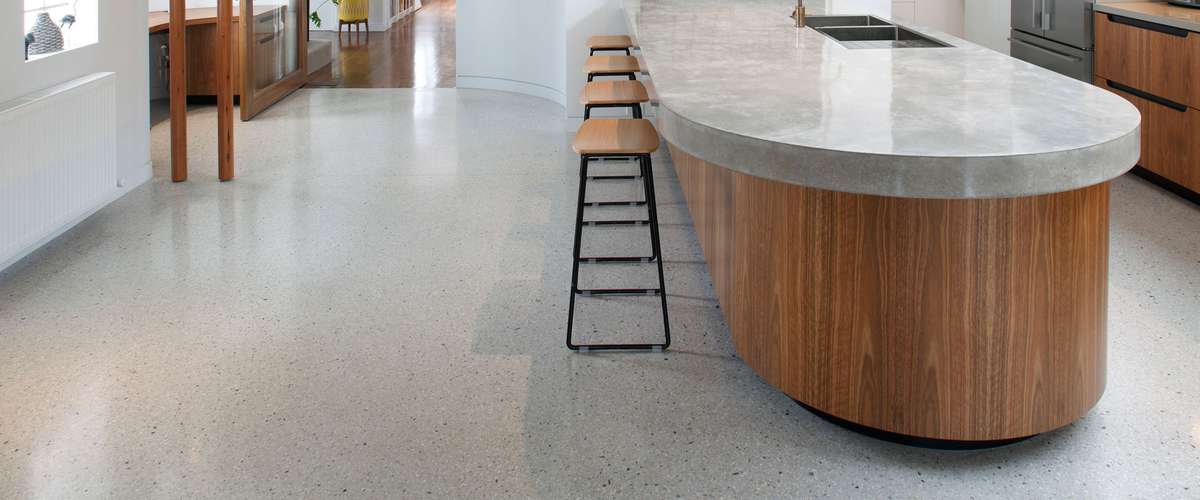














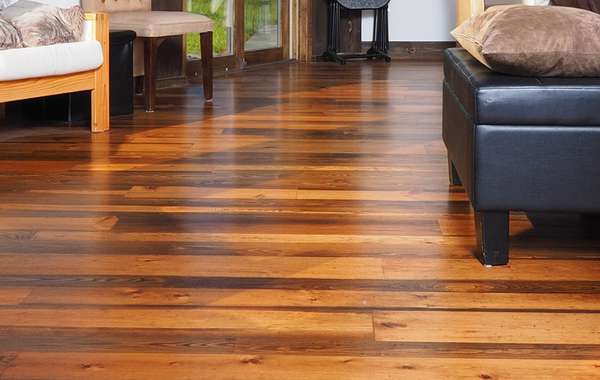
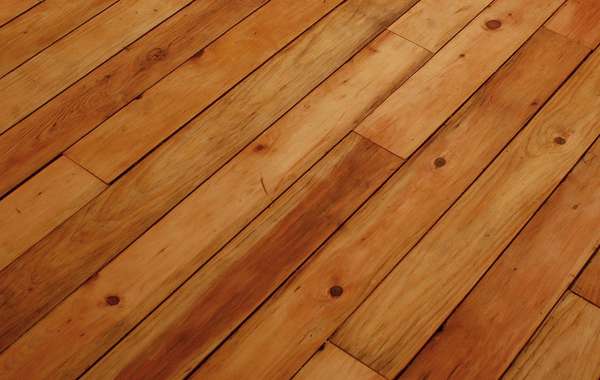
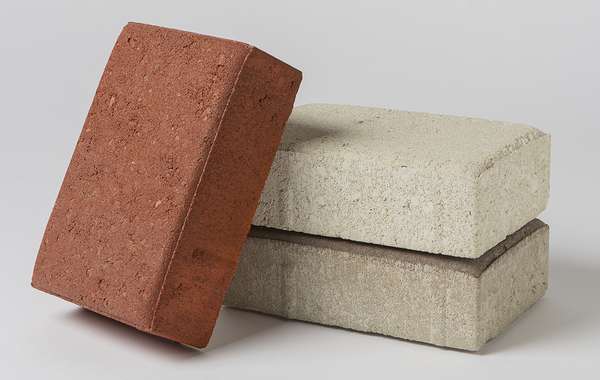
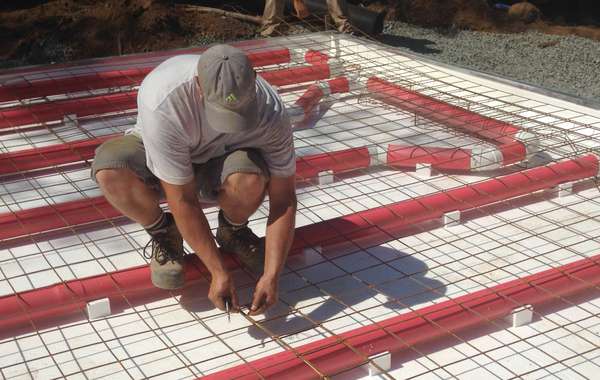
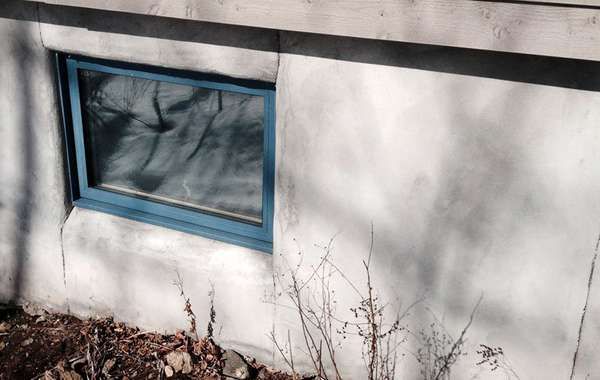
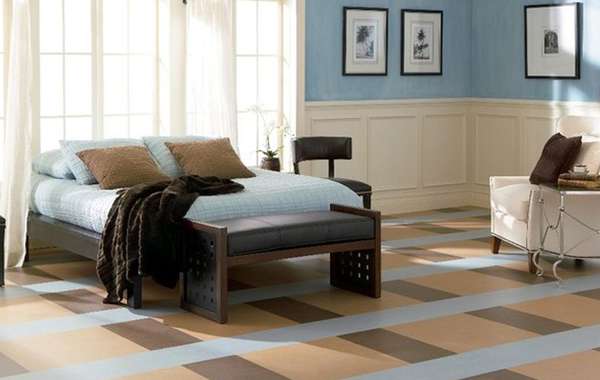
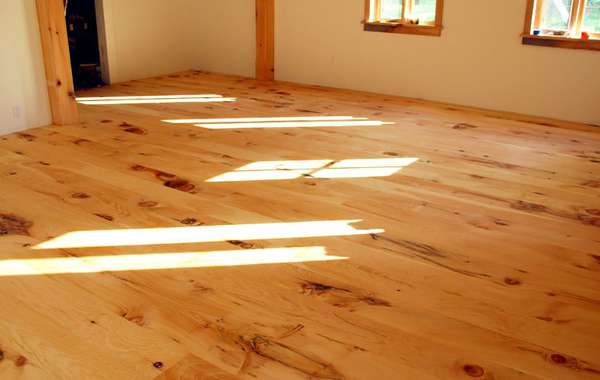
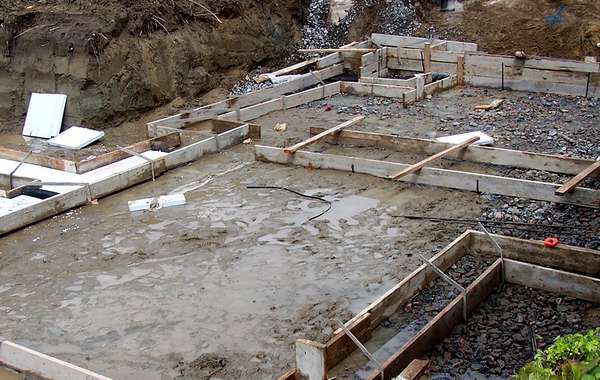
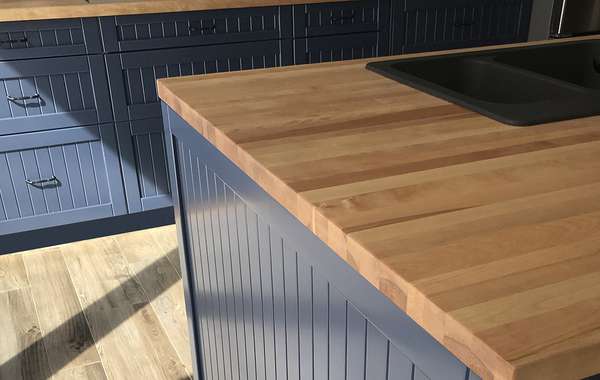
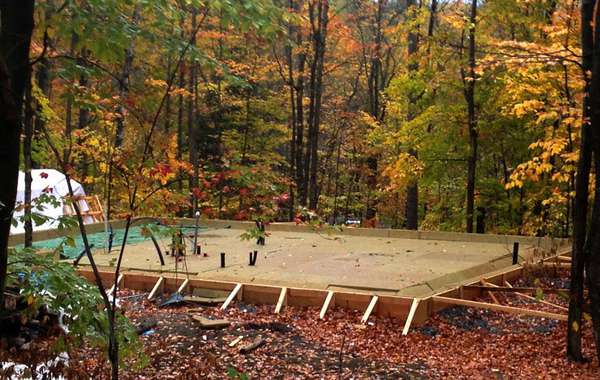
Need for removing concrete floors, as previous owners applied the wrong product and the floor became toxic and hence the property unsuable. What is your advice and possible correcting the problem. Thank you for your response. EH.